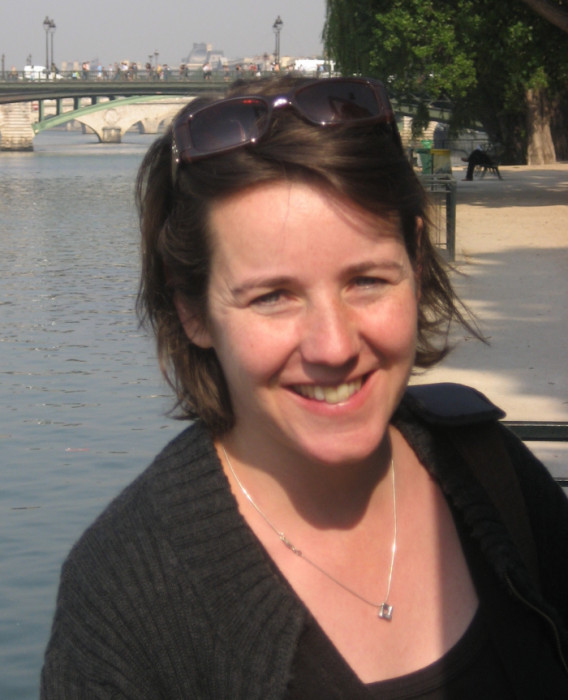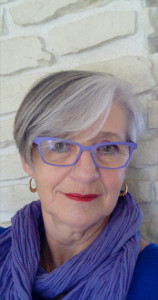
Discover the contemporary work of Corinne Dumont Pasquier

Biography The Franco-Swiss artist was born in Annecy (France) in 1969. She moved to the Geneva region in the late 80s. Self-taught, she started to use oil as a medium when she inherited painting material from her grandfather, a painter himself; she began with copies of well-known artists (with a preference for Picasso or Botero). In 2000 she decided to « try her hand at » abstract art, taking as an example a painting from Rothko. But what was initially supposed to be a simple copy soon turned into something more personal, when, dissatisfied with the result, she began to “clean” the canvas using a palette-knife. This act of destruction gave birth to a personal style, made of spontaneity and chance, influenced by material and mood. The year 2012 marked a turn in her life; she decided to quit the Bank where she had been working for the past 10 years to concentrate on Art. In order to broaden her scope she has been taking art courses on various techniques such as watercolour, pastel, ink, sculpture… and acrylic. The latter has now become one of her favorite means of expression. At the beginning of 2013, in order to improve her technique and to discover the many possibilities offered by acrylic she started to take painting lessons with the Swiss artist Barbara Bonvin. In parallel, she has been making contacts in order to show her works. Her first exhibit will take place in June 2013 at the Gallery Espace-Murandaz in Nyon, Switzerland. Artistic Approach Nothing is defined in advance; the work is the result of spontaneous gestures, chance, juxtapositions, destructions and (re)creations, blending, erasing, blurring,… sometimes repeated many times over… until the artist considers that nothing has to be added or deleted and the work is « finished ». Be it oil paint or acrylic, it is always that same approach characterized by spontaneity and coincidence that underlies the creative process. The thickness and density of oil paint are used to create relief and chromatic effects, by working on a succession of layers that are more or less dry and malleable; the result is a painting that always looks different depending on the intensity of light, the surroundings and perspective. Acrylic has been used more recently and gives the artist another means of expression. The use of lavis allows to achieve translucent effects. The gesture is more gentle and measured than with oil paint; here it is not so much an act of destruction, as an act of transformation, blending what the canvas and the medium have produced, creating a perfect and gentle alchemy while preserving the traces of its genesis.
The artistic work of Corinne Dumont Pasquier
Newly added works
Reflets - Port de Nyon
Série Aquatique




























Sculptures













































































